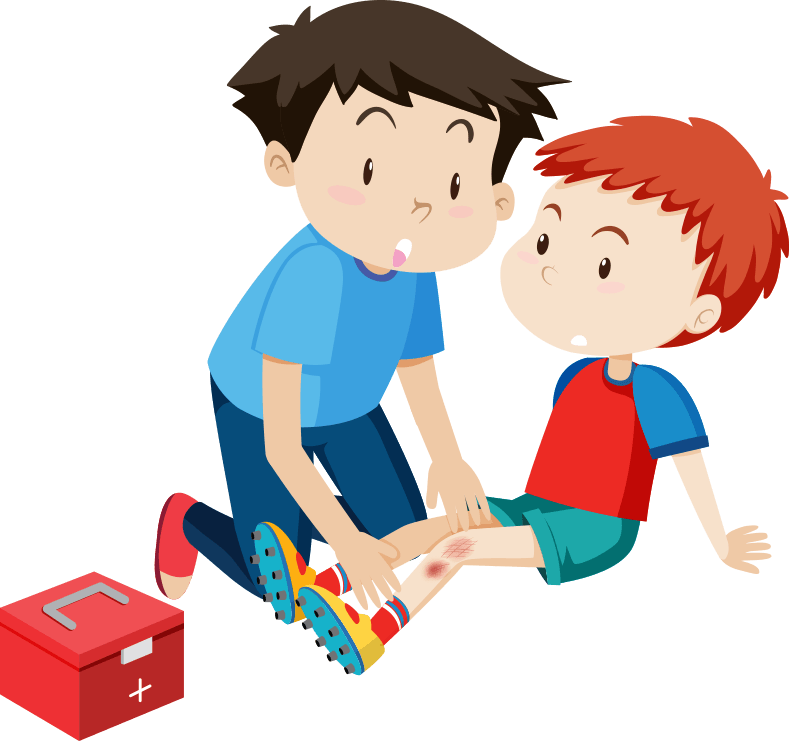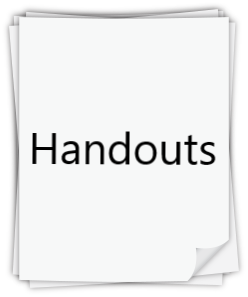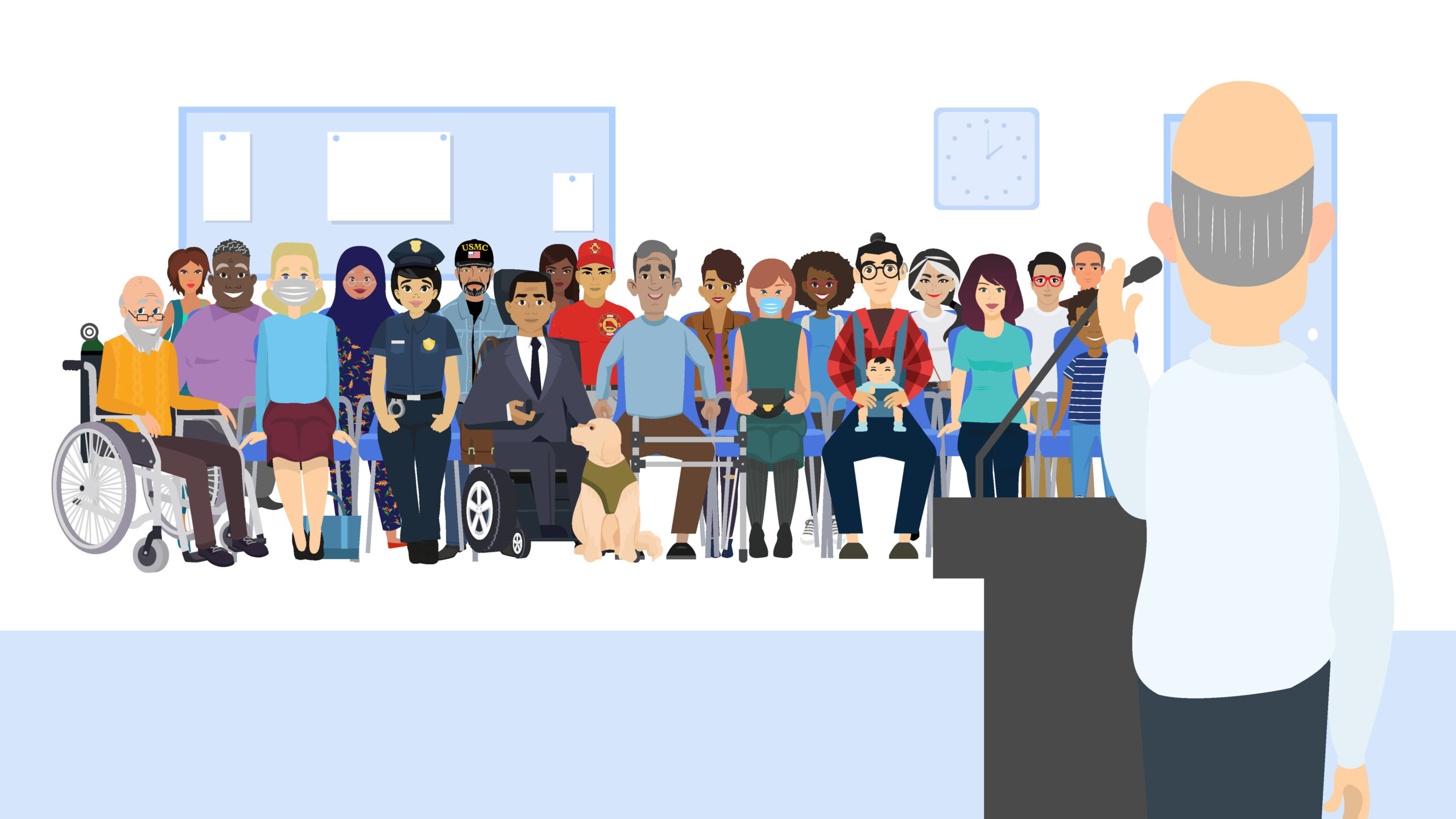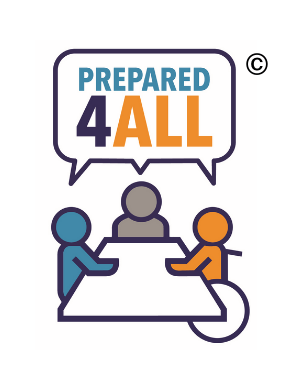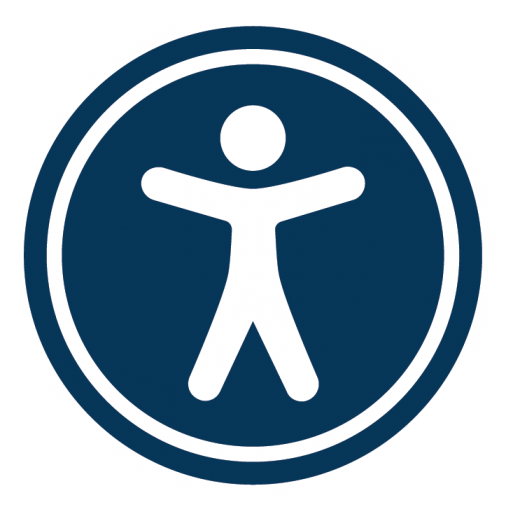Binger, C., Ball, L., Dietz, A., Kent-Walsh, J., Lasker, J., Lund, S., & … Quach, W. (2012). Personnel roles in the AAC assessment process. Augmentative and Alternative Communication (Baltimore, Md.: 1985), 28(4), 278-288. doi:10.3109/07434618.2012.716079
Brady, N., & Bashinski, S. (2008). Increasing communication in children with concurrent vision and hearing loss. Research & Practice for Persons with Severe Disabilities, 33(1/2), 59-70.
Rainforth, B., & York-Barr, J. (1996). Handling and positioning. In F. Orelove & D. Sobsey (Eds.), Educating children with multiple disabilities: A transdisciplinary approach (3rd ed.) (pp. 79-118). Baltimore, MD US: Paul H Brookes Publishing.
Romski, M. A., & Sevcik, R. (1988). Augmentative and alternative communication systems: Considerations for individuals with severe intellectual disabilities.
Tedder, N. E., & Warden, K. K. (1993). Prelanguage communication of students who are deaf-blind and have other severe impairments. Journal of Visual Impairment & Blindness, 87(8), 302.
Thistle, J., Holmes, S., Horn, M. & Reum, A. (2018). Consistent Symbol Location Affects Motor Learning in Preschoolers Without Disabilities: Implications for Designing Augmentative and Alternative Communication Displays. American Journal of Speech-Language Pathology, 1-8.
Wilkinson, K. M., & Snell, J. (2011). Facilitating children’s ability to distinguish symbols for emotions: The effects of background color of cues and spatial arrangement of symbols on accuracy and speed of search.American Journal of Speech-Language Pathology, 20(4), 288-301. doi:10.1044/1058-0360(2011/10-0065)
